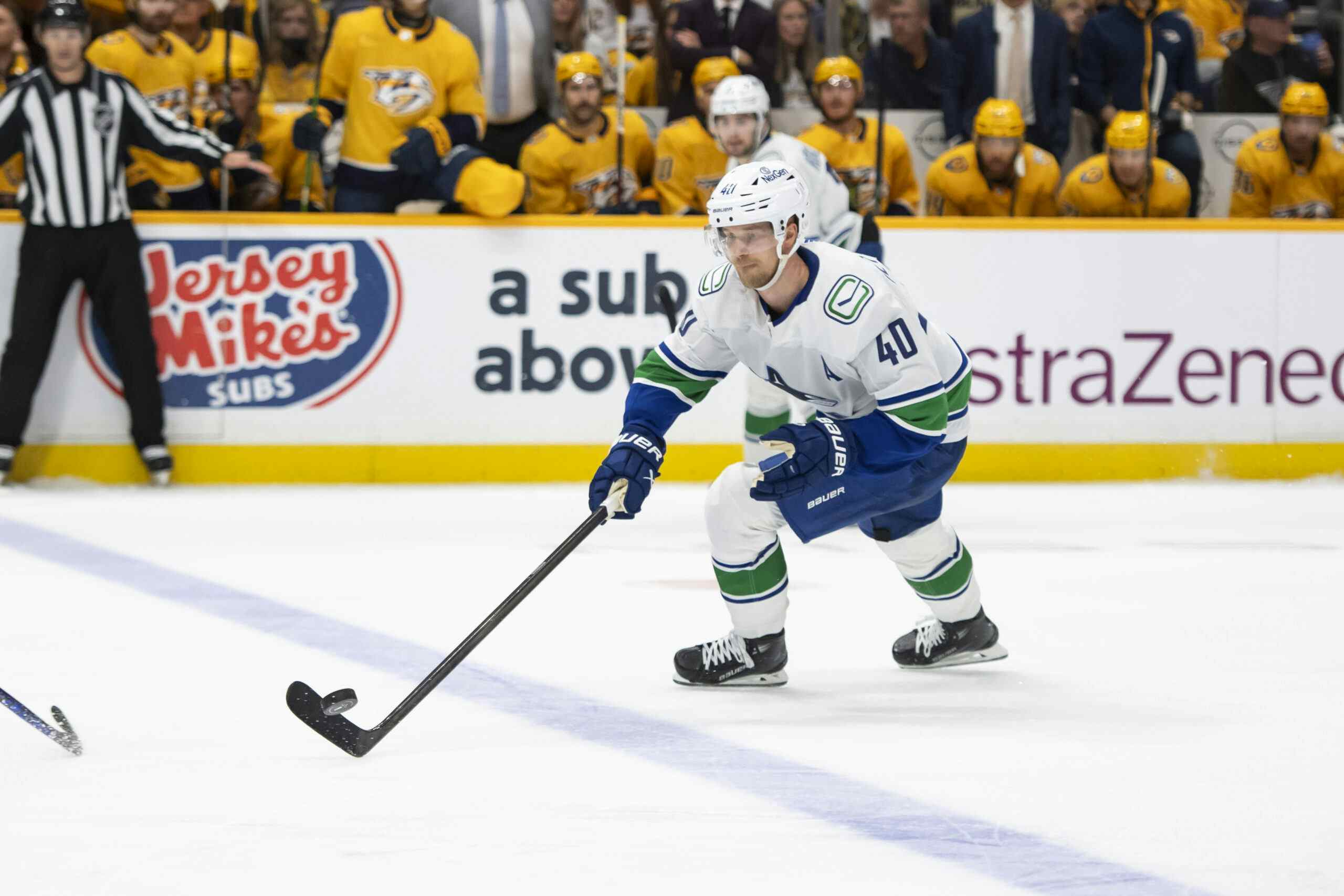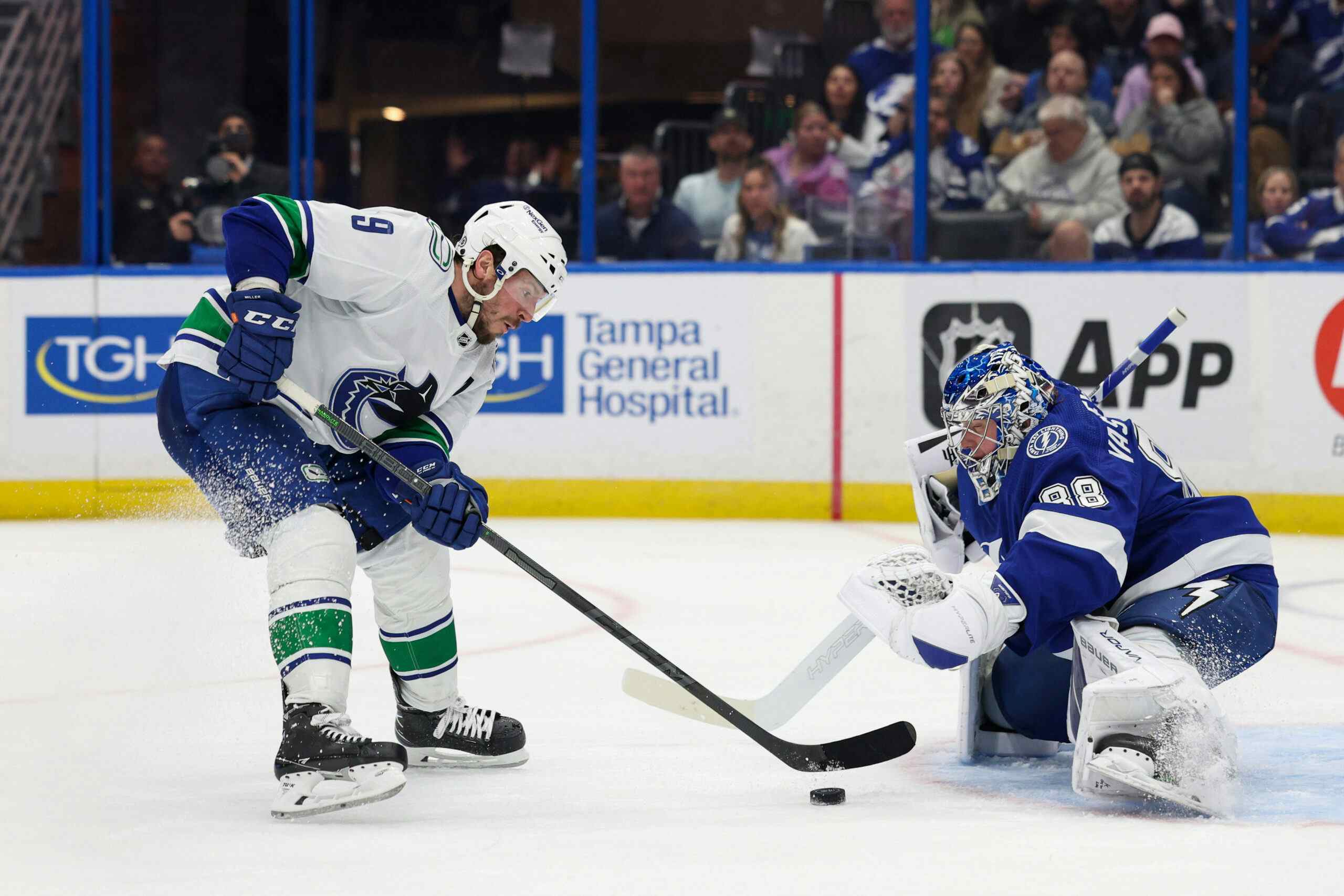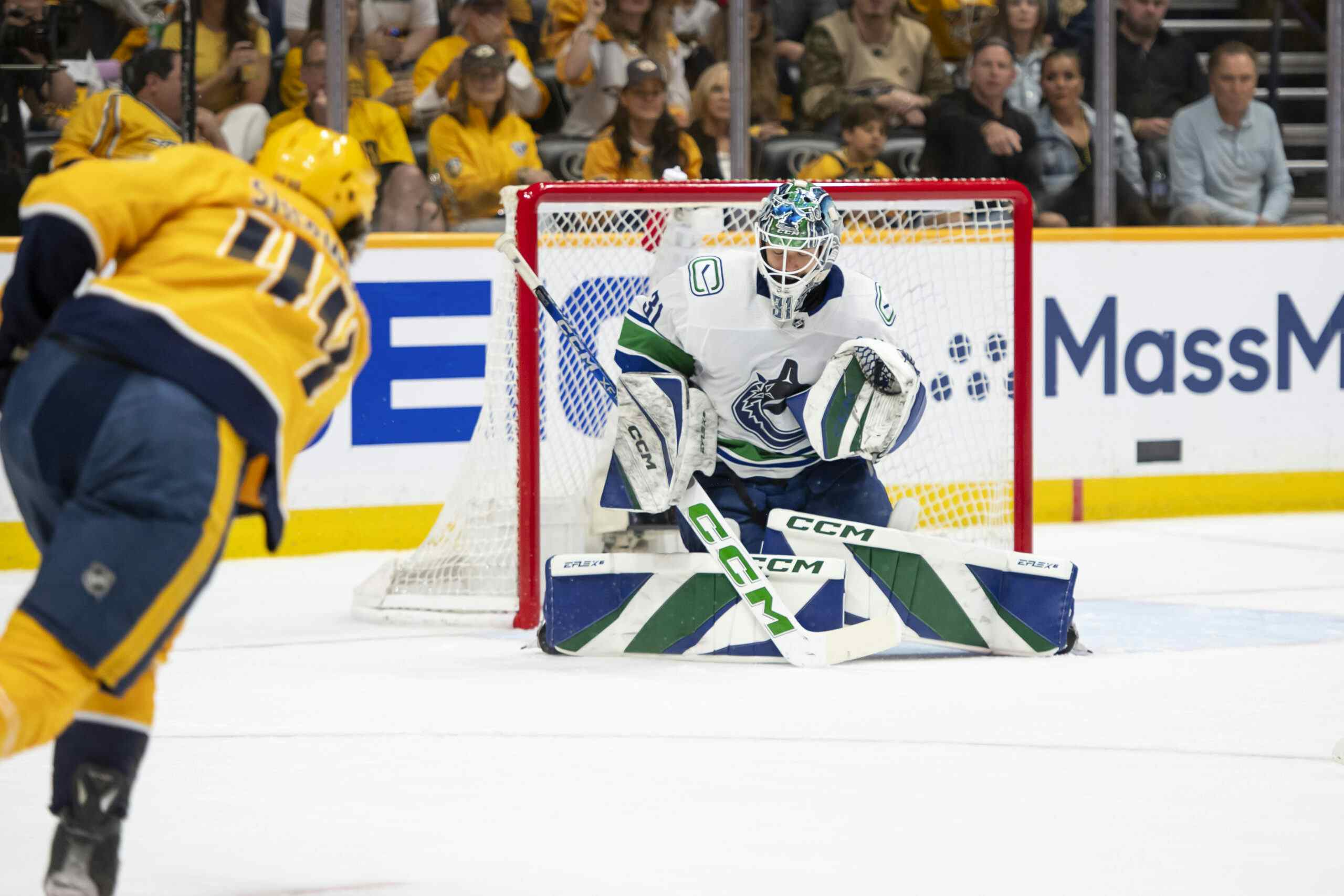How Vancouver’s Penalty Kill Has Missed Edler and Tanev
By Rhys Jessop
9 years agoFor much of the year the Vancouver Canucks have killed penalties with the ruthlessness one might expect of the Tilikum on their sweater.
Vancouver’s 4-on-5 play has been a major strength of the club this season. While the Sedins have been super proficient on the power play, the rest of the team has brought Vancouver down to about average. Needless to say the Canucks’ 5-on-5 play has left something to be desired, as the team has been both out-scored and out-possessed at even strength.
An elite penalty kill has helped Vancouver keep their goals against down and their total goal differential in the positive side of the ledger all season, and this was largely thanks to their top defensive tandem of Alex Edler and Chris Tanev. Yet with the Canucks allowing only two power-play goals against in their last 10 games, has their absence really had any influence on the Canucks’ penalty killing? Read past the jump to find out.
We tend to shy away from evaluating NHL success on the basis of goals. Goals are relatively rare, so rare in fact that natural variance in the short run clouds our view too much. That, and goaltending talent is an observable thing, so it’s not really fair to evaluate defensive performance on how hot or cold Ryan Miller or Eddie Lack have been of late.
So let’s look at rolling-5 game measures of scoring chances against per 60 minutes of shorthanded ice time, shots against per 60 minutes of shorthanded ice time, and Fenwick against per 60 minutes of shorthanded icetime to see how they’ve changed through the season as Vancouver’s top penalty killers have fallen out of the lineup due to injuries:

For reference, median shots and chances against per 60 minutes hover in the low-50’s. So Vancouver has been roughly 5-10 or so shots better when healthy, and median Fenwick against per 60 is around the mid-70’s. Again, Vancouver’s been far better than this for most of the year.
First of all, there’s a big spike around game 28 of the year in the middle of Dan Hamhuis’ injury, before the spike disappears exactly 5 games later. This bump is entirely due to one game against the Ottawa Senators, in which Erik Karlsson had maybe the single best performance of his already illustrious career.
The Senators also had seven power plays on the night, and though the tired Canucks played them close at even strength, here’s the all-situations Corsi chart from that night:

So yeah, that night was more about Karlsson literally activating god mode more than any PK deficiencies around that time of the year.
Anyways, as you can see from that first graph, the Canucks penalty kill wasn’t fantastic early in the year, but consistently clicked at an elite rate when most of their personnel has been healthy. Losing Dan Hamhuis, oddly enough, had a pretty much negligible effect, but things started to go south once Vancouver’s short handed time on ice leader for forwards, Brad Richardson, hit injured reserve in mid-January. We noted that Richardson had limited 5-on-5 value but was an ace penalty killer after last season, and that looks to have held true this year as well.
Things continued to get worse for the Canucks as Nick Bonino (another first-unit penalty kill contributor who has surprisingly grown into a very valuable player in that role) and Kevin Bieksa left the lineup, necessitating more shorthanded ice for Luca Sbisa.
If you look at the scoring chances that Vancouver is giving up though, they’ve ballooned to the most porous rate of the season with both Edler and Tanev out of the lineup, taking the team from an elite penalty killing group to a well below average one. Really this is hardly surprising, but it underscores just how vital this pair has been to Vancouver’s success this season.
The one sure-fire strikeout pitch this team had is almost completely gone without the top pair in the lineup, and their return, along with Brad Richardson’s, can’t come soon enough.
Recent articles from Rhys Jessop





